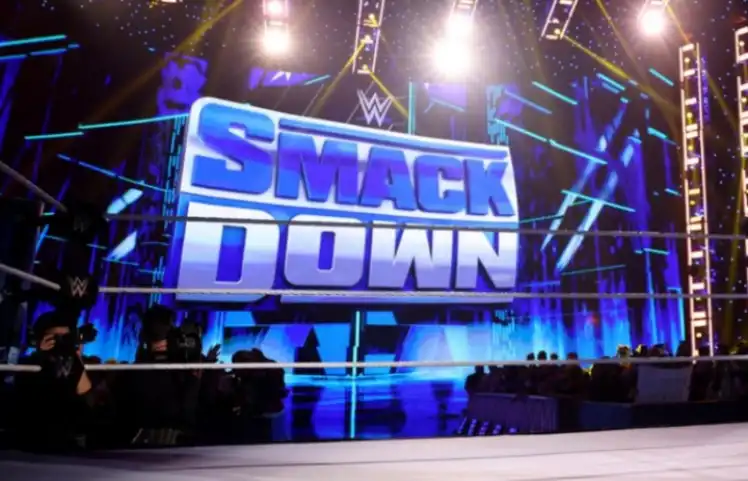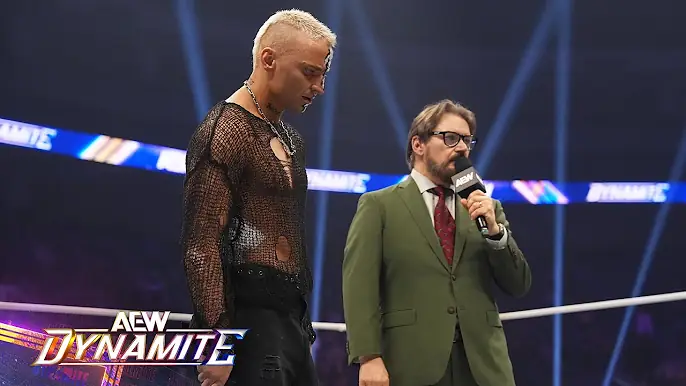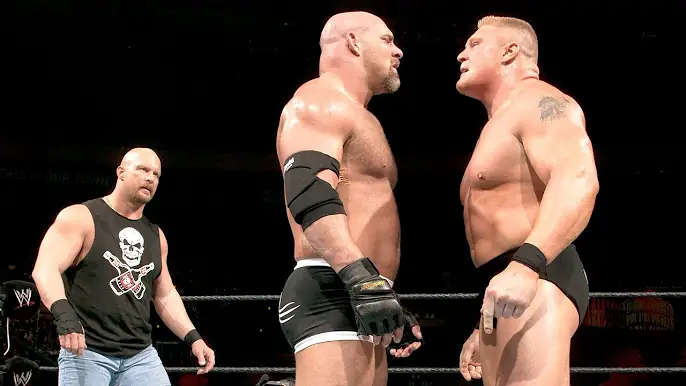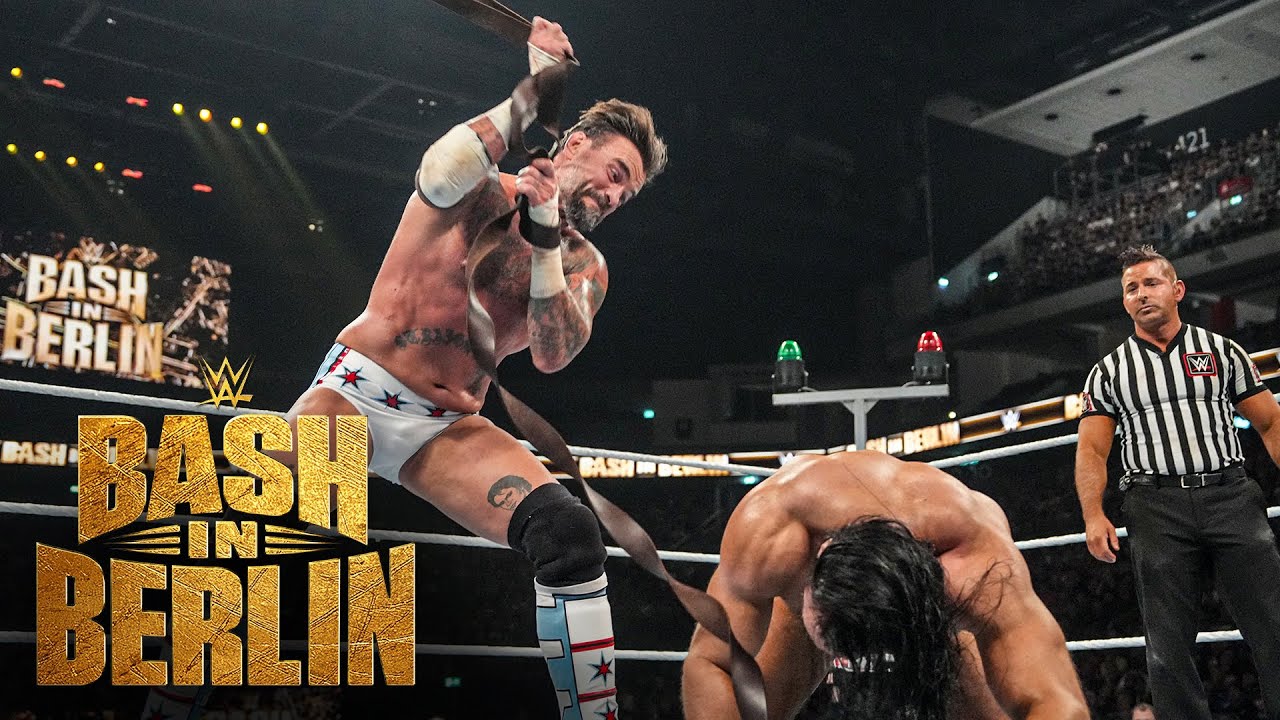Content Control Or Cost-Cutting? Unpacking The Business Behind WWE’s Archive Rollout
The recent partnership between WWE and Netflix signifies a significant realignment of professional wrestling content’s audience and its governance. With its programming being shifted onto Netflix, its rollout of its archives raises substantial questions of why this transition has been made. Does this rely primarily on content governance, allowing WWE to offer its huge library for a different audience, or is this a survival tactic for lowering expenditure in the wake of the industry’s changing landscape? This article examines the importance of WWE’s rollout of its archives and what this says about the relationship between these two main business plans.
The Evolution of Content Strategy of WWE
WWE has also had a history of content management, with its beginnings from when the WWE Network was established in 2014. The network, when established, provided access to a massive library of archives, such as events, original content, and live pay-per-view events. But with the evolution of the landscape of the media and the rise of the likes of streaming platforms, there has been a call for WWE to redefine its strategy.
In January 2021, WWE made its network’s launch on the Peacock streaming service of NBCUniversal. The rollout was a greater strategy for wider reach and use of established alliances. The Peacock deal allowed for WWE’s continued presence in the streaming environment and advantage from the extensive distribution of NBCUniversal.
The Move to Netflix
On January 6, 2025, headlines were made when WWE introduced its pillar, RAW, on Netflix. The huge migration not only accommodates live streaming but also ushered in a new era of WWE’s content distribution. According to this partnership, Netflix will launch, step by step, some of the best of WWE’s massive archives. Some of the archives comprise legendary pay-per-views and legendary matches, which, with the passage of years, have shaped the wrestling landscape.
The partnership with Netflix is noteworthy for a variety of reasons:
Wider Audience Base: With its association with one of the world’s largest streaming giants, WWE has access to the massive subscriber base of Netflix.
Enhanced Accessibility: Viewers can watch WWE on demand, without the need for conventional subscriptions for cables.
Innovative Content Delivery: The ability to download episodes for offline viewing provides added convenience for fans.
Content Control: Controlling Nostalgia
One of the primary forces pushing WWE’s archive launch appears to be content control. With selective presentation of its history and matches, WWE looks to engage not only its traditional audience but also newcomers who may not be familiar with its massive history.
Benefits of Content Control
Nostalgic Engagement: Traditional matches and narratives trigger nostalgic responses from the audience, and this creates a stronger bond with the brand. The emotional connectivity can result in higher ratings and allegiance.
Revenue Generation: With monetization of archives through subscription and pay-per-view events, more revenue can be generated for WWE.
Strategic Marketing: Curated content can be strategically utilized for promotional campaigns for current programming and events.
However, this approach also has its negative. Fans complained of limited access to some of the Attitude Era’s4 archive programmes on Netflix. Though more has been promised from WWE in the future, the offerings up till this point haven’t quite measured up to every anticipation.
Cost-Cutting Measures: Financial Sustainability In addition to its content governance, its financial sustainability also becomes a point of significance for WWE in its forays into a more competitive entertainment landscape. The deal with Netflix can also be viewed as a money-saver for lowering live event-related overhead.
Key Aspects of Cost-Cutting
Operational Efficiency: With archives being digitized and made use of on streaming platforms, WWE can reduce the expense of maintaining massive archives of footage.
Resource Allocation: With its utilization of established assets, WWE can allocate its resources more effectively rather than heavily investing in productions.
Financial Stability: Sustaining profitability through cost discipline can shield jobs and guarantee stability of operations in times of economic fluctuations.
The decision to release talent as part of ongoing cost management efforts further underscores this strategy. While talent releases may provide short-term savings, they can also create long-term risks related to brand identity and fan engagement4.
Balancing Content Control and Cost-Cutting
The interplay between reducing cost and maintaining content control presents both opportunities and challenges for WWE. Balancing them will be key for future success.
Potential Strategies Moving Forward
Integrated Approach: The WWE can use an integrated approach where they apply both content control efforts and cost management methods. The use of archived footage for promotional purposes, for example, can reduce the cost of producing and boost audience response.
Innovative Content Format: Employing formats other than traditional ones, such as documentary-style content or historical series with archive footage, can reach other audiences without being costly.
Fan Engagement Activities: Running campaigns organized by the fans for interacting with historical content can stimulate audience interaction and drive subscriptions. Data Analytics Application: Using data analytics for identifying audience preferences can inform what archival content needs to be promoted proactively and where the efforts and money should be concentrated.
Conclusion
WWE’s archive launch on Netflix represents a critical juncture for professional wrestling content management. There are elements of both content control and savings on costs inherent in this strategy, and its overall success will depend on the extent to which WWE can manage to reconcile these imperatives in the future. How they continue to learn and adapt with a changing entertainment landscape and their ability to access their deep history without undermining their finances will be critical in defining their future trajectory in professional wrestling.
In summary, viewed from the context of maximizing audience engagement or housing overhead, WWE’s moves with their archives reflect wider trends in corporate governance and use of the media beyond the wrestling ring. With their audience on tenterhooks for more news of this association with Netflix, what’s clear is this: wrestling entertainment’s future is being shaped on the heels of new ways of presentation of content and governance.


















